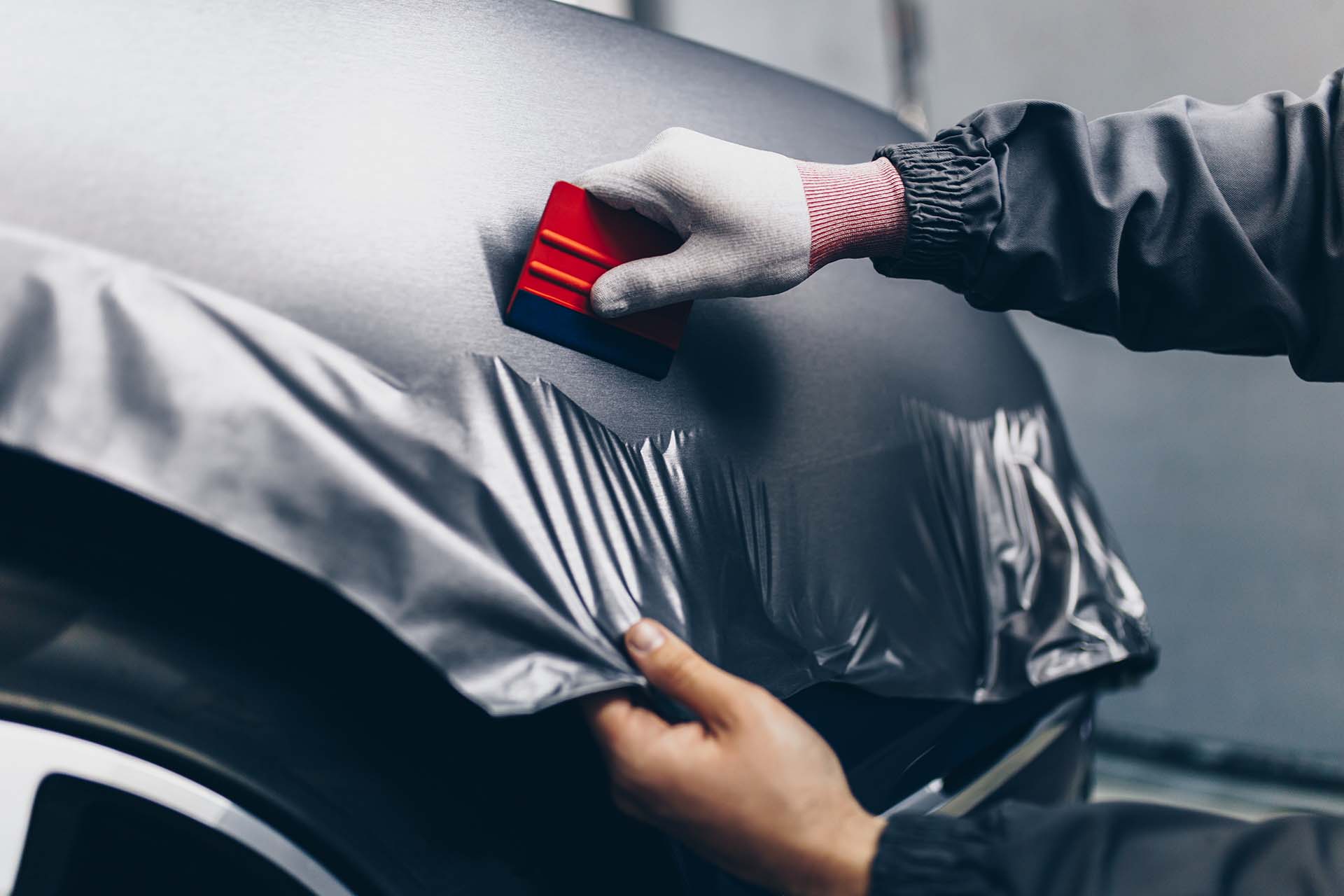Blog>Trade>Starting a Business>The lowdown on PAT testing and how could it help your business
Last updated: 3 January 2025
The lowdown on PAT testing and how could it help your business
PAT testing is something most businesses will need at some point, so it’s an important and lucrative service for any electrical business to offer. Find out how you can add this to your service offering, what to charge, and how often you should recommend it for your customers.
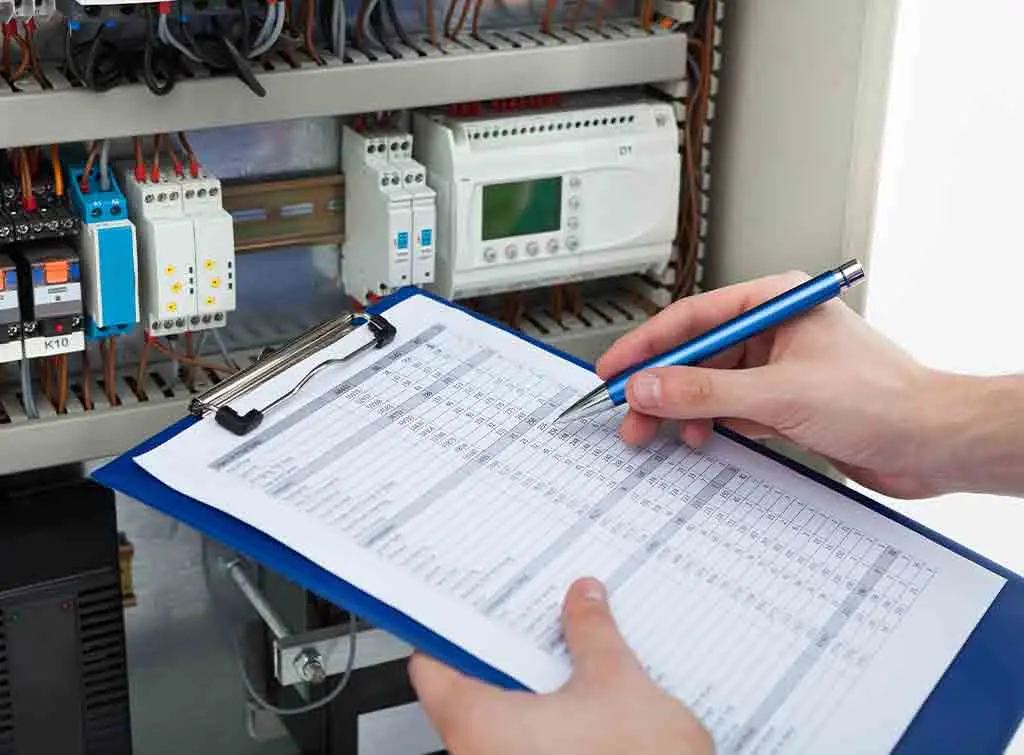
If you’ve recently started your own electrical business, adding PAT testing to your services is a good revenue builder.
What is PAT testing?
PAT testing stands for Portable Appliance Testing. PAT testing is the examination and testing of electrical appliances and equipment, to make sure that they’re safe to use.
Is PAT testing a legal requirement?
While there’s technically no legal requirement for companies to undertake PAT testing, the Electricity at Work Regulations 1989 do require that electrical equipment is maintained in a safe condition.
The onus is on businesses to monitor this with a risk-based approach, so while there’s no technical requirement for businesses to do PAT testing, and no specifications on how often it should be done, it’s a really important element of any company's health and safety checks.
PAT testing helps a business to prove to the HSE (Health and Safety Executive) that they are compliant with important regulations, including:
Health and Safety at Work Act of 1974
The Provision and Use of Work Equipment Regulations of 1998
The Management of Health and Safety at Work Regulations of 1999
Offering PAT testing to your customers helps them to remain compliant, and helps build repeat business for your own company. For more information on the HSE and what regulations they enforce, take a look at our guide on the role of the HSE.

PAT testing steps
Formal visual inspection
Before the manual test, a thorough visual inspection of the equipment should be done on a more regular basis. This is something that you can upskill your clients to do – more on this later.
The visual inspection should cover things like:
The plug: Looking for any signs of damage, like cracks, loose wires,, or bent pins. If you need to remove the plug cover, check that the correct fuse is being used and that the wires are corrected to the right terminals.
The cable: Look for fraying, cuts, damage to the cable casing or exposed wires.
The appliance: Look for any clear damage like cracks or burns
If in doubt, refer your customers back to the Health and Safety Executive’s guidance on maintaining portable electrical equipment.
Manual PAT test
The manual PAT test is what most of your clients will want from you. It needs to be carried out by a competent, properly trained person – which is where you come in.
According to the HSE, a manual PAT test should involve checking:
the correct polarity of supply cables;
the correct fusing;
effective termination of cables and cores
that the equipment is suitable for its environment.
In a PAT test, each appliance should be checked and given a pass or a fail, with a corresponding PAT test sticker.
If an appliance fails the PAT test, it will need to be removed and repaired or replaced. However, even if it’s repaired, the appliance will still need to pass another PAT test before it can be used safely.
If it’s not a simple repair you can safely carry out, you’ll need to come back for another round of PAT testing.
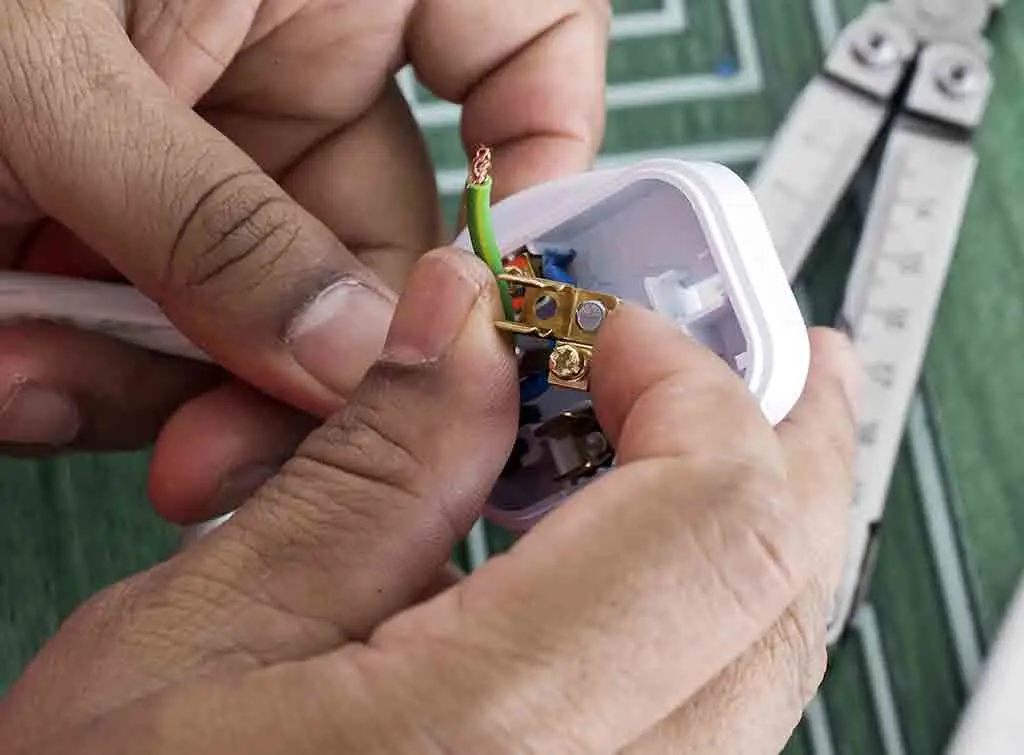
How much should I charge for PAT testing?
We have an entire guide dedicated to PAT testing costs for businesses and landlords. In that guide we recommend that appliances can be tested from £1 per item.
The average is probably around £1-3 per item. If you decide to charge by the hour, your hourly rate could be around £40-60.
But when it comes to looking after your customers, make sure they understand that they’re getting top-quality service.
It’s a business’s responsibility to make sure that their equipment is safe to use. It’s their risk, and their employees’ safety on the line. Present your services as the best way to make sure that their business and their employees are in experienced hands.
For more guidance on what to charge, check our guide on how much electricians earn in the UK.
PAT testing pricing options
You should make sure your pricing is competitive within your area, while making sure you’re getting paid a fair wage for your work.
Here are some of the options you might want to consider when working out how much you should charge for PAT testing:
Charge by the hour
Charge a fixed rate for a certain number of items
Charge a fixed rate for a certain number of items, then an additional fee per item after that
For larger jobs, charging a flat fee per item
When setting pricing, it’s important to consider other costs such as fuel costs, VAT, labelling and other materials costs, as well as time needed to properly test the appliances.
It’s also important to make sure that when you’re calculating your timing and pricing, you allow yourself the time to go around the building and access the equipment. You’ll also need to give your customer notice and give their staff time to step away from their appliances, desks, or work stations.
PAT testing in different environments
Of course, the way you charge for PAT testing will be different in different contexts. An experienced PAT tester can properly test up to 150 items a day in an industrial setting, but potentially up to 300 per day in an office setting.
Make sure you allow sufficient time to test carefully and follow best practices in different environments.
In an industrial setting, like a construction workshop, you’re likely to need additional time to check large appliances.
Because the equipment there is under a lot of strain and in a high-risk environment, you might discover more faults and have to stop for more repairs.
That means you might want to quote more than, for example, PAT testing in an office. In an office setting, appliances are likely to be under less strain and lower-risk for regular use. You can take longer, and do your work at a quieter time.
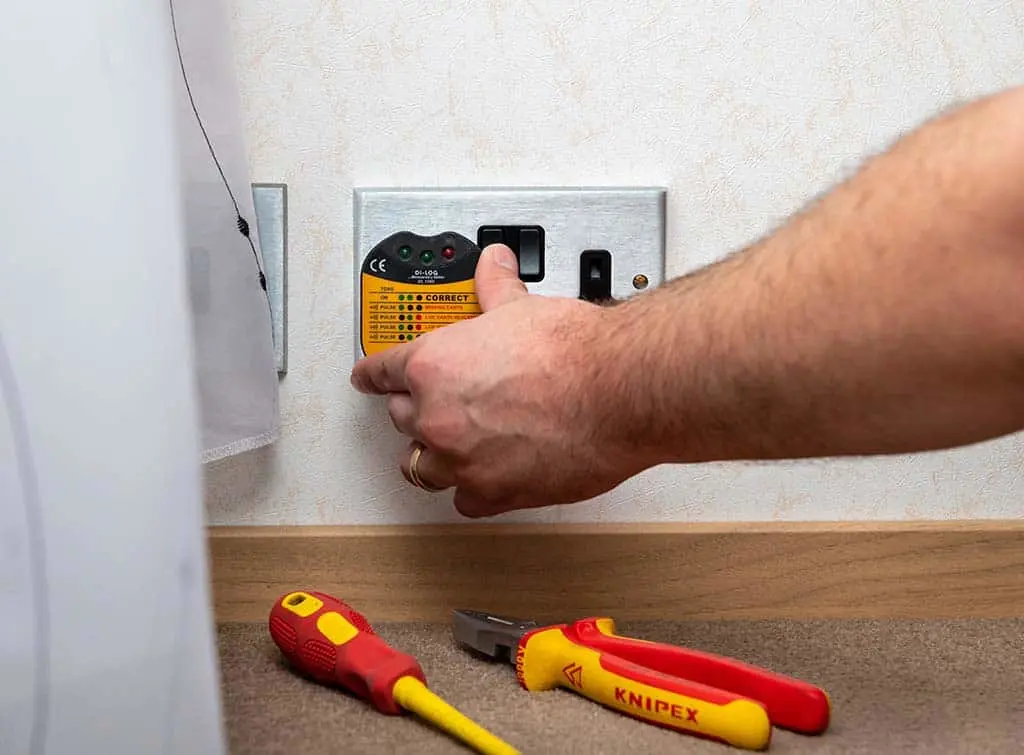
Why electrical businesses should offer PAT testing as a service
There are multiple reasons to offer PAT testing as a service offered by your electrical business.
Financial benefit of PAT testing
Because you can charge per item or per plug socket, PAT testing can be quite financially beneficial. If you can arrange a regular contract with businesses with lots of appliances, it can be a good return on investment.
Low overheads
You don’t need much specialist equipment for PAT testing – a basic pass/fail PAT testing device is relatively inexpensive. However, it might be worth investing in a more advanced PAT test kit. This means you can do more advanced PAT testing for different businesses without needing new equipment each time.
Secures repeat business
If your PAT testing work is done well and efficiently, people will use your services over and over again. It’s an easy way to guarantee return business, and demonstrate your reliability if your customers need any additional electrical work!
Of course, joining Checkatrade is also a great way to build trust with your customers.
Set your electrician business up for success
Generate leads, win new business, and get exclusive discounts
Frequency of work
While some locations, like offices, might only need PAT testing once a year, higher-risk environments like construction sites could be up to every 3 months depending on risk.

How to make the most of PAT testing with your customers
Offer training on visual inspection
The HSE requirements for a visual inspection doesn’t technically need to be done by an electrician.
A nice opportunity for upskilling your customers and keeping them safe is to charge for training on how to perform a basic visual inspection.
That means that their staff will know the warning signs to look for, and when they need to call you in for advanced testing.
Make a full inventory for them
While your customers’ business is liable for the safety of their equipment, you can certainly demonstrate your helpfulness to build trust. This will help you to generate repeat business.
As you're PAT testing, make an inventory for your own records. The next time you’re called in to do PAT testing, you can check the same appliances. Your diligence will definitely be appreciated, and you can make sure that you’ve checked everything and done a thorough job.
Send reminders
If it’s been a while since your customers’ last PAT test, sending a reminder can be a helpful nudge.
If you kept an inventory, you can even recommend specific equipment that might need to be checked.
That means you can send reminders on a consistent monthly, quarterly, or annual basis.
For more marketing suggestions, check out our guide to marketing and advertising for electricians.
Set your electrician business up for success
Generate leads, win new business, and get exclusive discounts
What does ‘portable electrical equipment’ mean?
Generally speaking, portable electrical equipment means anything that can be moved, and disconnected from an electrical supply, usually with a plug and a cable lead.
That covers everything from fridges and photocopiers to laptops, lamps, power adaptors and more.
With that in mind, as you can tell, most offices and workplaces will have a lot of appliances and equipment that will need to be tested. This is one of the reasons PAT testing can be a lucrative offering.
Having said that, different equipment is classed differently – with most appliances falling into Class I or Class II.
Class I appliances
Class I electrical equipment is any electrical equipment with only basic insulation and an earth connection. For Class I appliances, you’d need to carry out earth continuity and insulation resistance tests. These appliances are rated as more dangerous, as they have less insulation and rely on the earth connection to lower risk.
These appliances are usually, but not always, examples of Class I appliances:
Microwaves
Kettles
Toasters
Refrigerators
Washing machines
Class II appliances
One of the features of Class II equipment is that it is usually ‘double insulated’ to prevent any exposure of live parts, with no earth connection. This class can include many power tools, as well as computers and photocopiers. For Class II equipment, you’d just carry out the insulation resistance test.
These appliances are usually, but not always, examples of Class II appliances:
DVD players
TVs
Lamps
Lawnmowers
Drills
Hairdryers
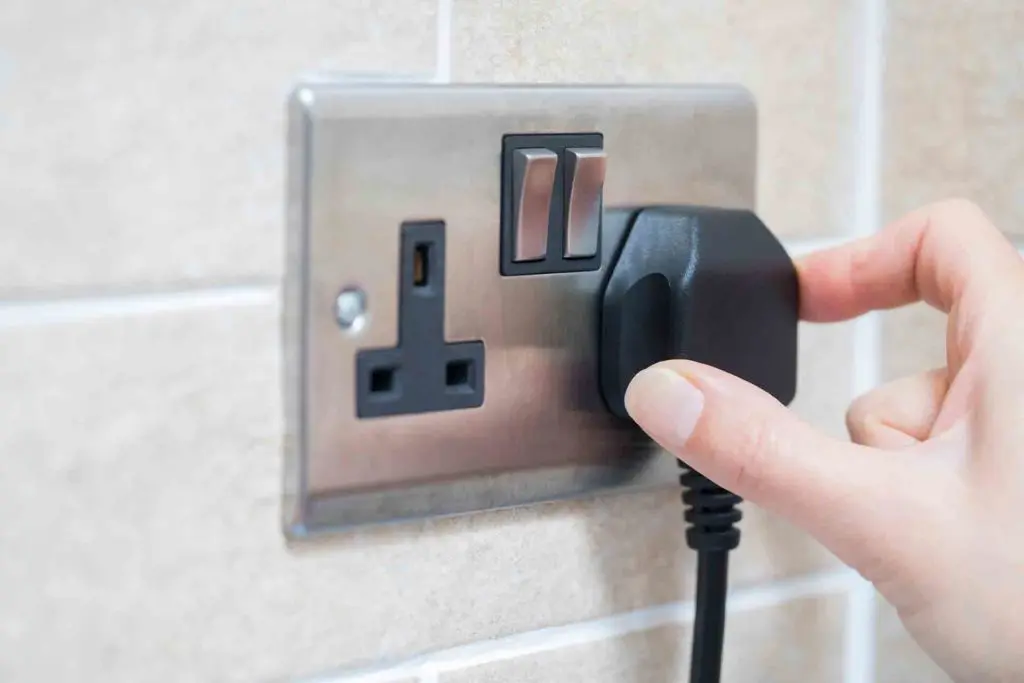
Which items should be PAT tested?
While most appliances might need to be PAT tested on a less frequent basis, the more risk there is in an appliance being used, the more often it should be PAT tested.
The Institute of Engineering and Technology recommends that all of the following items should be PAT tested:
Portable equipment and appliances
Handheld equipment and appliances
Movable equipment
Stationary equipment and appliances
Fixed equipment and appliances
IT equipment
Extension leads, multi-way adaptors and RCD adaptors
Set your electrician business up for success
Generate leads, win new business, and get exclusive discounts
How often does a PAT test need to be done?
There are no specific rules on how often a PAT test needs to be run. The HSE’s guidance is clear that electrical equipment must be maintained if it can cause danger. But there’s no law to say how often it should be done.
However, common sense should always be used when it comes to PAT testing requirements. The HSE’s guidance makes it clear that equipment that’s being used regularly in a more high-risk environment will probably need to be checked more frequently.
For example, a drill or other building equipment on a construction site will need to be examined more often than a vending machine in an office block.
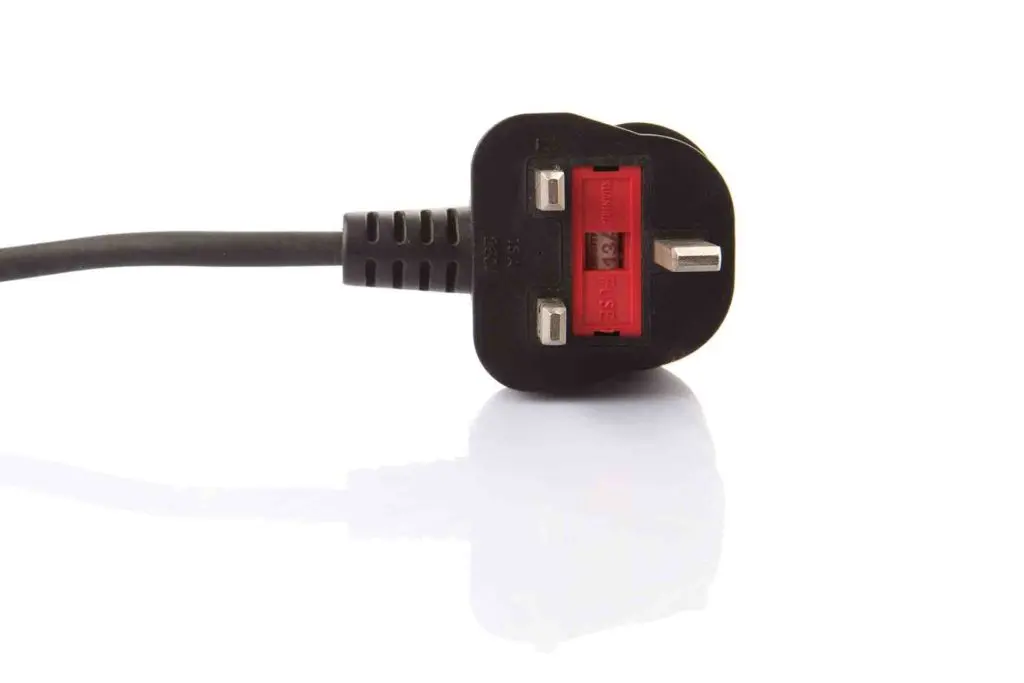
How long does a PAT test last?
Because there are no official rules on how often a PAT test needs to be done, there’s no official statute on a PAT test! Having said that, a good rule to teach your customers is that a certificate can last until the appliance may no longer be safe, and that an appliance should be tested as often as is needed to eliminate risk.
PAT testing requirement example
As an example, let’s consider a hairdresser’s salon. If the refrigerator in the staff kitchen hasn’t been moved or unplugged, and a visual inspection reveals no faults or damage, it probably won’t need to be retested very often.
In comparison, the salon also has lots of straighteners and hairdryers, which are used by hand and are probably moved, plugged in and unplugged every day. These appliances will almost certainly benefit from more frequent inspections and testing to make sure there’s less risk to the staff.
Upsell and build revenue with Checkatrade
Adding PAT testing to your service offering can be a great way to upsell and build revenue. Of course, if you’re looking to grow your business and generate new leads, a Checkatrade membership is well worth considering.
There have been over 1.3 million job searches for electricians in 2024 on the Checkatrade website*.
Give your business an extra spark
Get more electrical job leads with Checkatrade
*Checkatrade internal search data from users of the website between 1st January and 31st December 2024
